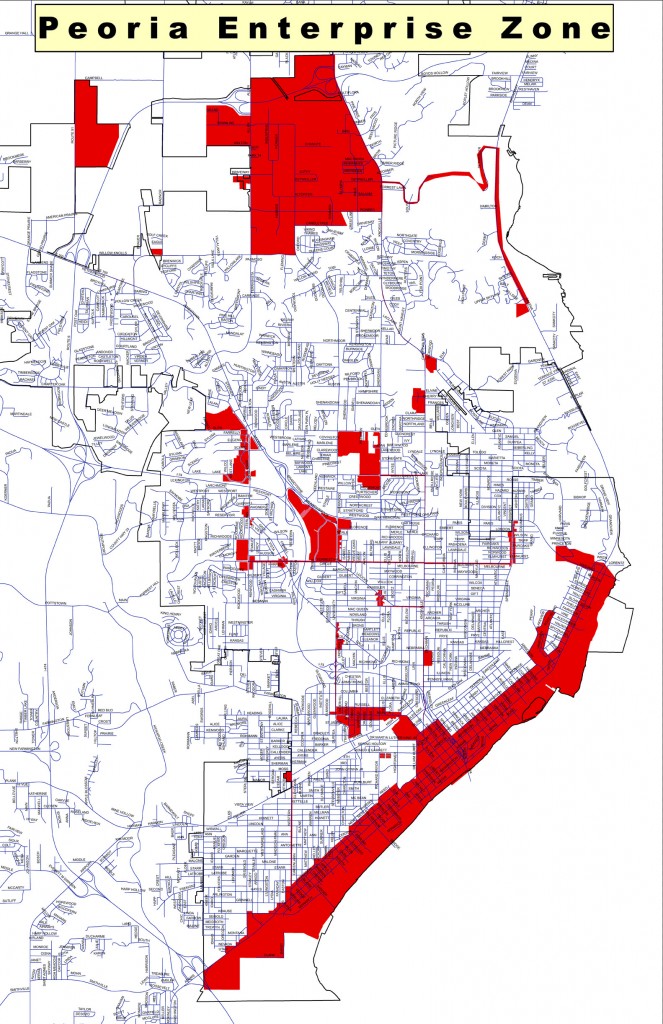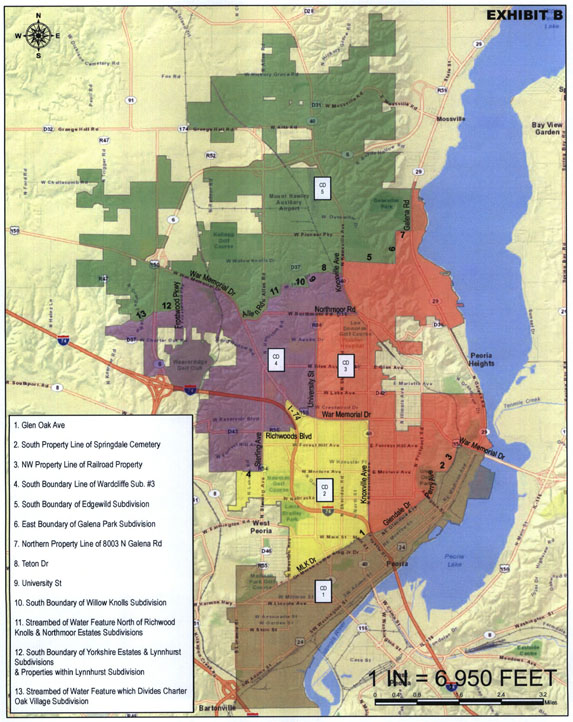The 5-4 decision released yesterday by the Supreme Court on the Affordable Care Act would be comical if it didn’t have such far-reaching consequences. Here we have a majority of the supposedly preeminent minds in American jurisprudence using the most tortured logic imaginable to uphold the ACA as constitutional.
The whole thing hinges on this question: If you don’t buy health insurance, you will be required to pay an extra amount of money to the IRS; is that amount of money a “tax” or a “penalty”? The answer to that question affects two things:
- Whether the Anti-Injunction Act bars the suit, and
- Whether the Affordable Care Act is constitutional.
The Anti-Injunction Act says that “no suit for the purpose of restraining the assessment or collection of any tax shall be maintained in any court by any person … so that those subject to a tax must first pay it and then sue for a refund.” So if the consequence of not purchasing health insurance is a tax, the suit is thrown out, and the court has no further comment on its merits. But if it’s a penalty, then the Anti-Injunction Act does not apply and the court can rule on the merits of the case.
However, when it comes to whether the ACA is constitutional, having a penalty for failure to purchase health insurance would make the Act unconstitutional because the Congress has no enumerated power to require individuals to purchase anything. But if it’s merely a tax, the Congress would have the power under their taxing authority to impose it (provided it’s not a “direct tax,” but that’s a subject for another time).
It would appear to any reasonable observer that there are only two possible outcomes: Either the consequence of failing to purchase health care is a “penalty” — in which case the Act is unconstitutional — or it’s a “tax” — in which case the suit is barred and there can be no ruling on its merits. The seeming nail in the coffin for the ACA is that fact that the Act itself calls the consequence a “penalty” in no uncertain terms.
But thanks to the ingenious invention of the majority of the court, the Government can have it both ways! Yes, remarkable as it may seem, the court found that the Act provides a “penalty” for purposes of the Anti-Injunction Act, but a “tax” for purposes of the Constitutional question.
…Congress did not intend the payment to be treated as a “tax” for purposes of the Anti-Injunction Act. The Affordable Care Act describes the payment as a “penalty,” not a “tax.” That label cannot control whether the payment is a tax for purposes of the Constitution, but it does determine the application of the Anti-Injunction Act. The Anti-Injunction Act therefore does not bar this suit. […]
The Affordable Care Act describes the “[s]hared responsibility payment” as a “penalty,” not a “tax.” That label is fatal to the application of the Anti-Injunction Act. It does not, however, control whether an exaction is within Congress’s power to tax. In answering that constitutional question, this Court follows a functional approach, “[d]isregarding the designation of the exaction, and viewing its substance and application.”
So the “functional approach” is applied to the Constitutional question, but Congress’s “intent” is applied to the Anti-Injunction Act question. The logical gymnastics boggle the mind.
It only gets worse if you actually read the whole ruling (read it here). A plain reading of the Act makes it clear that the “shared responsibility payment” is a “penalty” by any definition, yet the majority of the court takes pains to try to paint it as a tax from a “functional” standpoint. But their explanation exceeds all limits of credulity. To quote the court’s dissenters, “to say that the Individual Mandate merely imposes a tax is not to interpret the statute but to rewrite it.” That amounts to the judicial branch imposing a tax where one did not previously exist. They conclude: “Imposing a tax through judicial legislation inverts the constitutional scheme, and places the power to tax in the branch of government least accountable to the citizenry.”
Whether or not the next election results in a new president and/or Congressional majority that will repeal the health care act, the precedent set by the court in this case is troublesome. It appears that future unconstitutional acts passed by Congress will not be struck down by the Court when challenged, but rather rewritten by the Court and magically converted into constitutional acts. That prospect is truly frightening in its implications.



